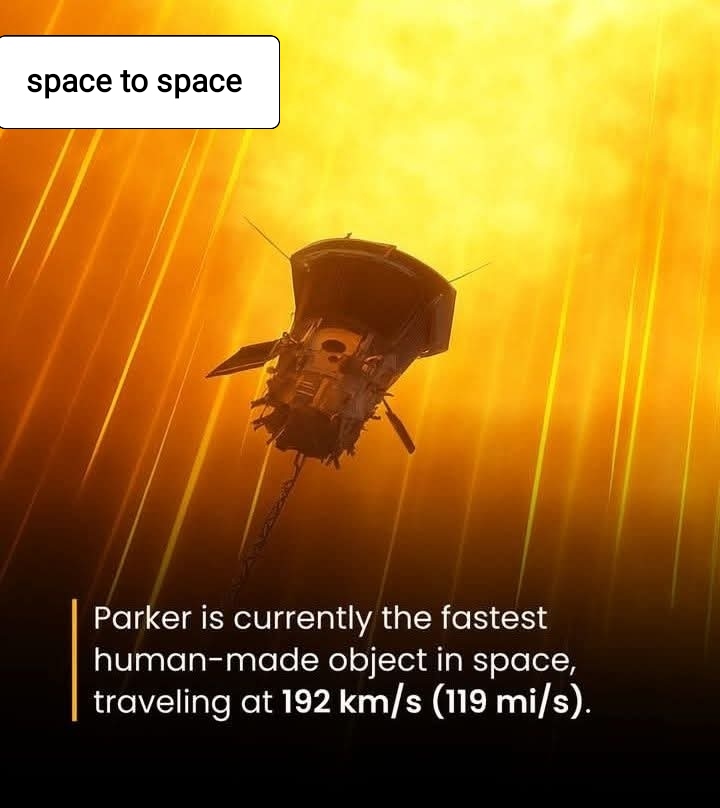
The text remains the same as it was originally written in English. However, if you’d like a rewritten version with some minor adjustments for clarity and flow:
The Parker Solar Probe, launched by NASA in 2018, is an extraordinary spacecraft designed to study the Sun up close. With a record-breaking speed of 690,000 km/h (430,000 mph), or 0.064% of the speed of light, it’s venturing closer to our star than any other mission in history.
The probe achieves its remarkable speed due to the Sun’s immense gravitational pull. As it approaches its closest perihelion, the probe accelerates dramatically, leveraging gravity assists from Venus to boost its velocity with each pass. Its carefully designed orbit will take it within 6.2 million kilometers (3.9 million miles) of the Sun’s surface – closer than any spacecraft has ever gone.
At this extreme distance, the probe faces temperatures of up to 1,377°C (2,500°F). Fortunately, its advanced heat shield, made of carbon-composite materials, protects its instruments from the intense heat, allowing it to gather crucial data about our star.
#18 April # science # spacetospace
Please read this also:- $540 Billion Lithium Reserve Discovered in California’s Salton Sea

From Space To Earth: The Science Of Capsule Recovery – Spacetospace.org
April 19, 2025 - 4:38 am[…] Read this also:- NASA’s Parker Solar Probe: Breaking Records and Exploring the Sun’s Secrets […]